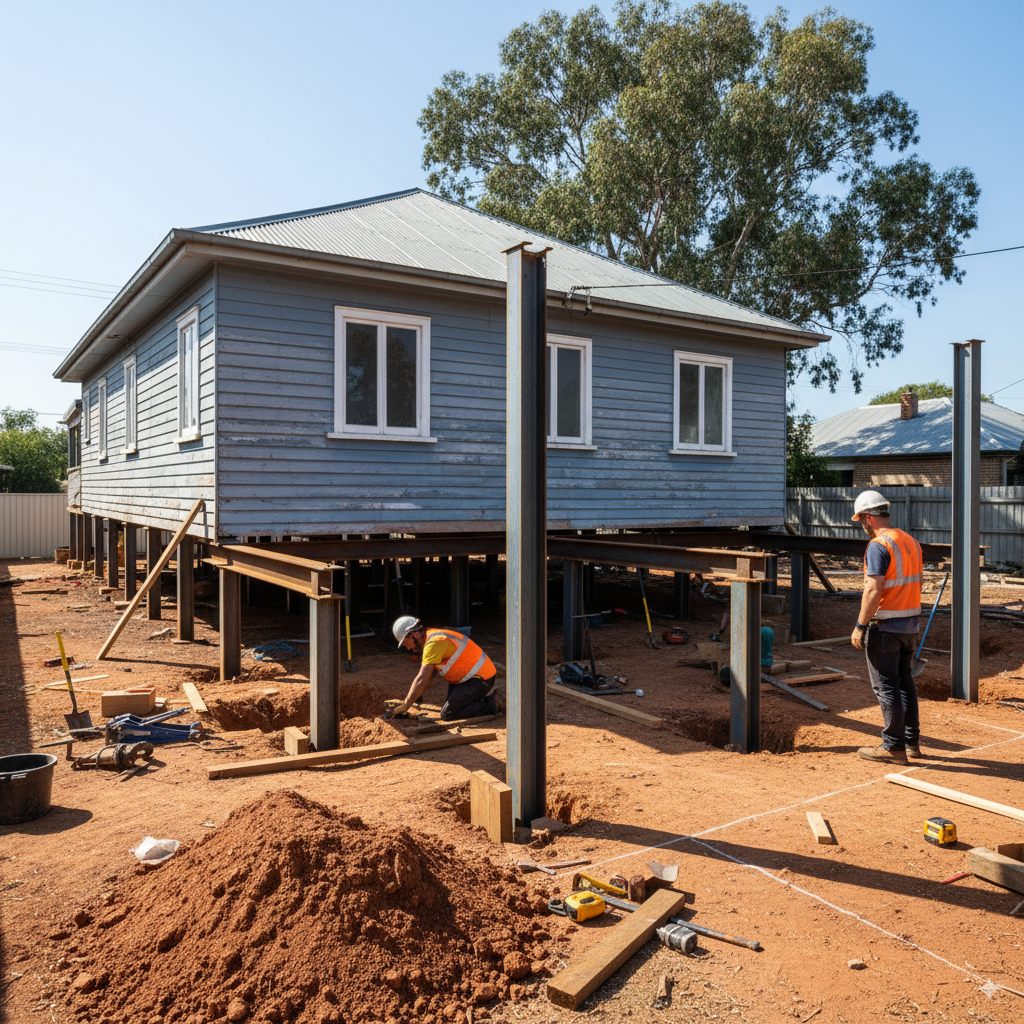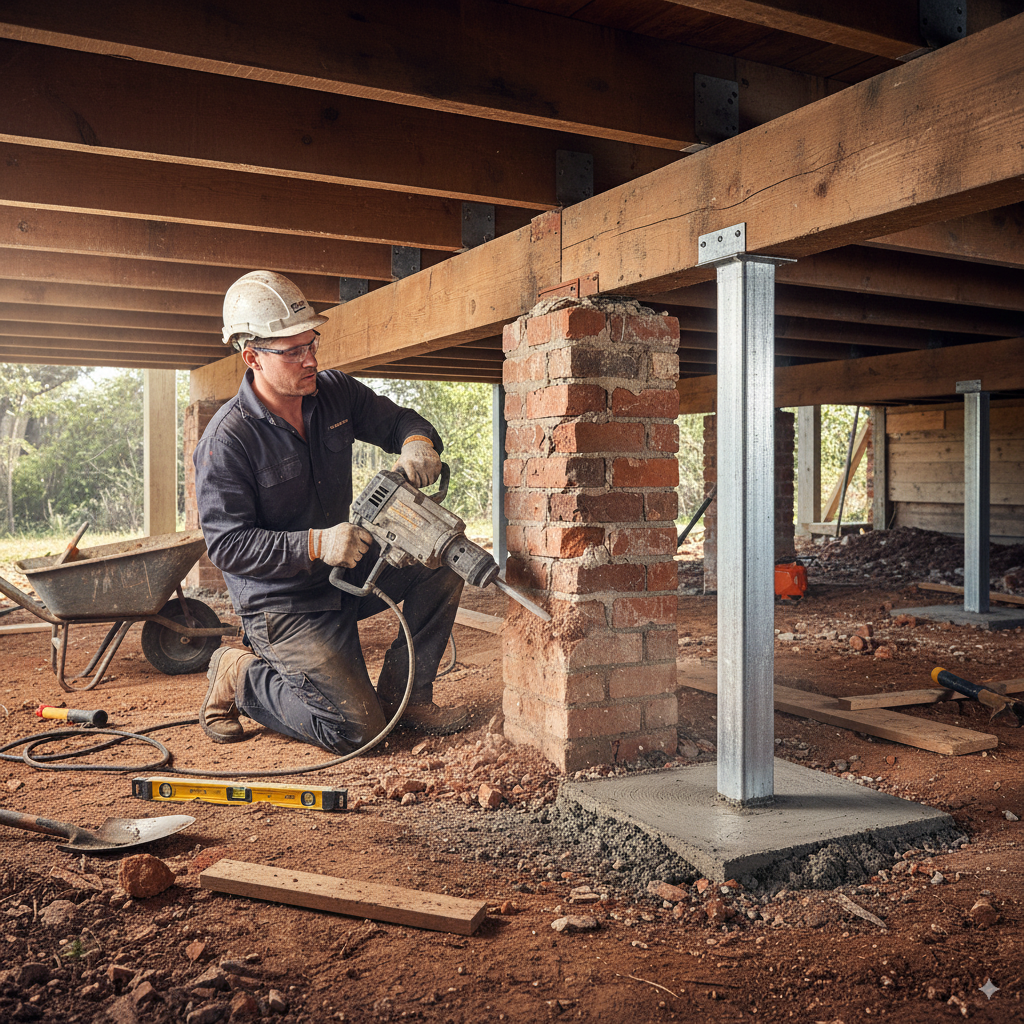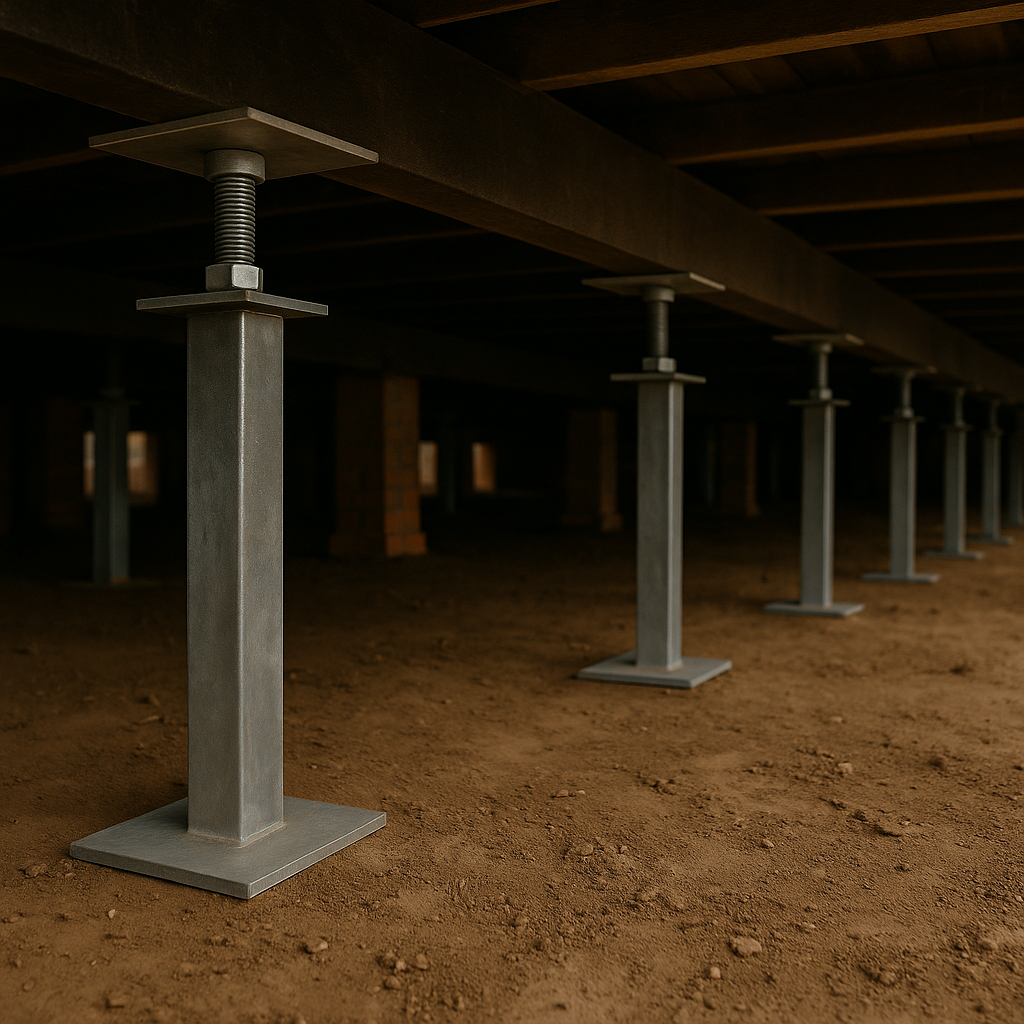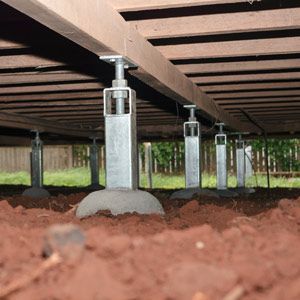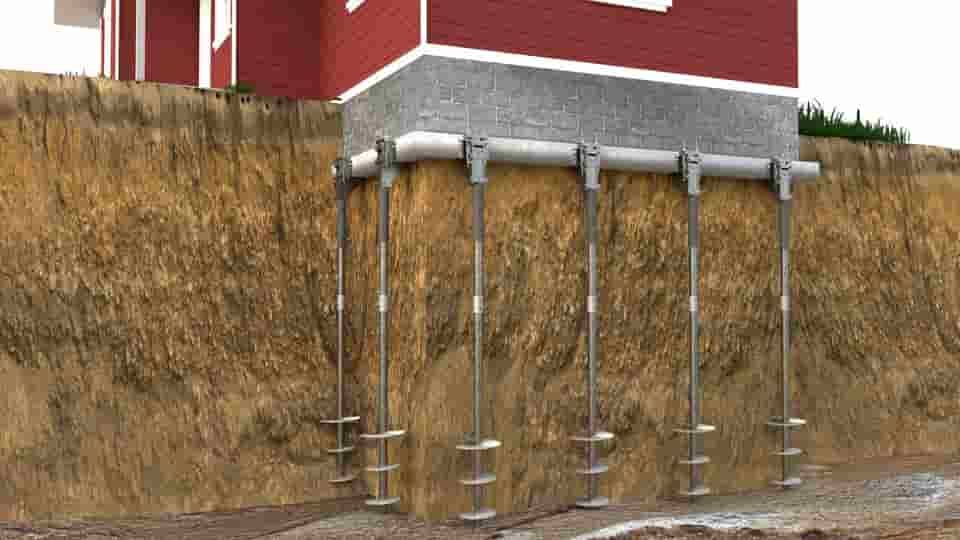House Levelling in Sydney: When Should You Worry About Cracks?
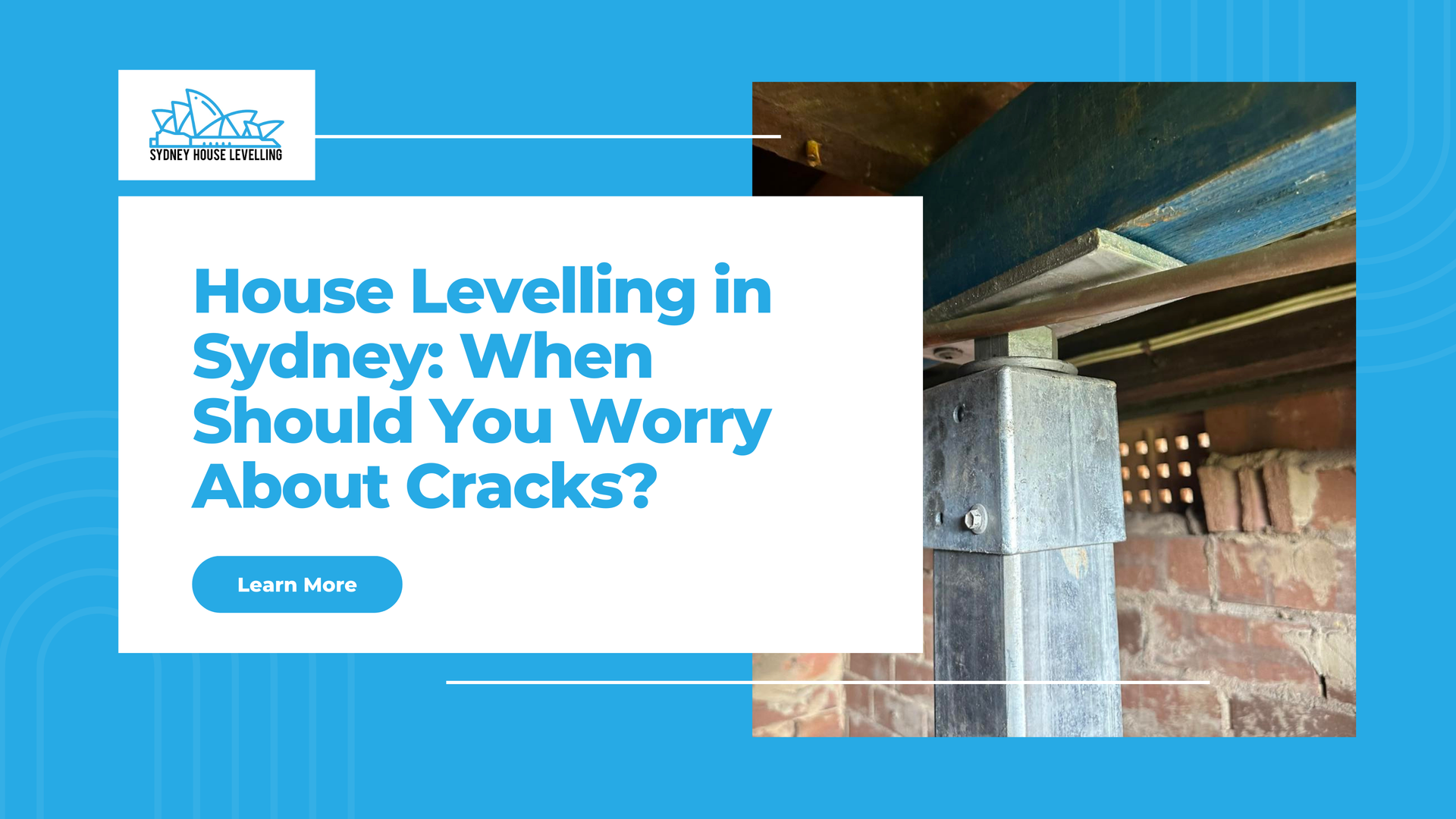
House Levelling in Sydney: When Should You Worry About Cracks?
Cracks are common in Aussie homes. A bit of movement, a change in temperature, or even a few years of wear and tear can leave small cracks in walls or ceilings. But how do you know when a crack is harmless — and when it’s a red flag for a bigger problem like foundation movement?
If you’re unsure whether it’s just a cosmetic issue or a sign your home needs house levelling in Sydney, keep reading. Here’s what to look for, and when to call in the pros.
Not All Cracks Are Created Equal
Some cracks are purely superficial. Others can be early warnings that your home is shifting beneath your feet. It helps to know the difference.
Hairline Cracks (Less than 1mm)
These are usually nothing to stress about. You’ll often spot them in plaster or cornices, especially in new builds or after a reno. They’re caused by minor shrinkage or seasonal expansion and contraction — easy enough to patch up.
Cracks Between 1mm and 5mm
This is the grey zone. These cracks might still be harmless, but if they start to spread, widen, or appear in more than one spot, it’s worth paying attention. They could be early signs of structural movement.
Cracks Wider Than 5mm or Growing Quickly
Time to take action. Wide, deep, or fast-growing cracks can point to shifting foundations, sinking stumps, or soil instability — all of which need professional attention and likely structural levelling.
Where the Cracks Appear Matters Too
The location of a crack often tells more than its size.
- Diagonal cracks near doors or windows
Could indicate uneven settlement or stress points in the structure. - Horizontal cracks in brickwork
A strong warning sign that pressure is building behind the wall, often due to foundation movement. - Cracks between walls and ceilings
May mean one section of the house is dropping away from the rest — a job for floor levelling or reblocking. - Gaps forming between skirting boards and floors
Suggest the floor is sagging or pulling away, a typical symptom of stump failure or soil subsidence.
What Causes Structural Cracks in Sydney Homes?
Sydney’s not immune to shifting ground. In fact, many local homes are built on reactive clay soils, which expand and contract with moisture. Add in our unpredictable weather, occasional droughts, and heavy storms, and you’ve got a recipe for movement.
Here are the usual suspects behind serious cracks:
- Foundation settlement or sinking
- Moisture issues or poor drainage
- Ageing or rotting timber stumps
- Tree roots disrupting foundations
- Previous renos or extensions not properly levelled
If any of these sound familiar, your home could be due for house levelling.
When to Call a House Levelling Specialist
If you’re seeing any of the following, it’s time to get an expert in:
- Cracks are wider than a 5 cent coin
- You can fit your fingertip in the gap
- Cracks are getting longer or wider over time
- Doors or windows are jamming
- Floors feel sloped, spongy, or uneven
- There are signs of water damage near the cracks
A proper inspection will reveal whether you need structural levelling, floor levelling, or underpinning — and give you peace of mind.
Worried About Cracks in Your Sydney Home?
Don’t wait for things to get worse. Cracks might start small, but if they’re caused by structural issues, they’ll only grow with time. At Sydney House Leveling, we’re experts in identifying what’s serious and what’s not.
We offer:
- Free inspections across Sydney
- Honest, practical advice
- Tailored levelling solutions backed by experience
📩 Book your inspection online!
Let’s take a look and make sure your home’s still standing strong — from the ground up.

